This week, thousands of communities and countless individuals worldwide concluded—and are today beginning anew—the annual study of Maimonides' 14-volume Mishneh Torah. In conjunction with this milestone, we present you with 14 facts about this foundational work of Jewish law and the annual study cycle.
1. Rambam Is Studied Daily by Jews Worldwide
Rabbi Moshe ben Maimon (1135-1204), known in the Jewish world by the acronym "Rambam" and to the world at large as "Maimonides," is one of the most important figures in the history of Torah scholarship. His magnum opus is his Mishneh Torah, a systematic codification of Jewish law.
The Rebbe, Rabbi Menachem Mendel Schneerson, of righteous memory, called for a revolutionary addition to the core studies of Jewish people worldwide. He urged that every Jewish person study a portion of the Mishneh Torah daily—a suggestion that has since been actualized by people across the globe.
Read: Maimonides: His Life and Works
2. It Is the Only Book to Cover All of Jewish Law
In the entirety of Torah literature that follows the Bible, there is not a single work that encompasses the totality of Jewish law. The sole exception is the Rambam's Mishneh Torah.
The Rambam was the first to index the entire body of Oral Law and compile it in a logical and systematic fashion. He even included laws that will only be relevant in the Messianic era, such as the Jubilee Year and the Temple service. To this very day, the Mishneh Torah remains the only work of this scope.
By following the daily Rambam cycle, every individual has the ability to study the entire body of Jewish law, a goal otherwise out of reach for most..
Read: A New Epoch in Torah Learning
3. It Contributes to Jewish Unity
The Rebbe explained that one of the principal elements in the study of the Mishneh Torah is the unification of Jewry. When everyone studies the same material on the same day, their learning is united across continents, and thus achieves a compounded unity of the full breadth of Torah learned by the full span of the Jewish people. Additionally, when different people study the same topic, they will come to discuss and debate it, ultimately bringing them closer to each other.
Watch: Rambam and Jewish Unity
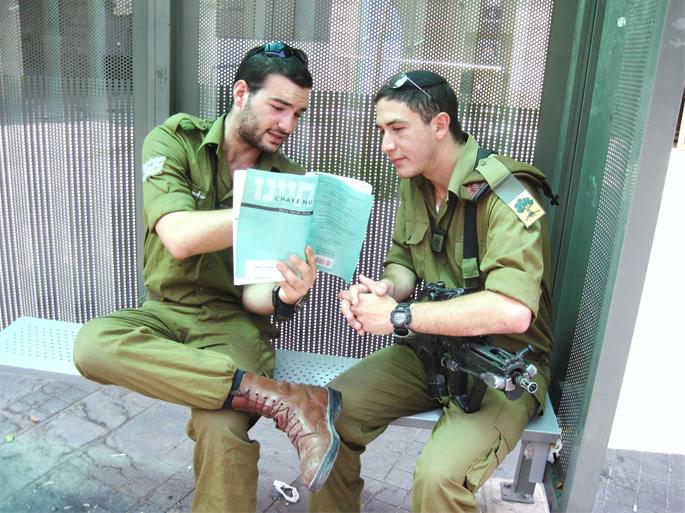 |
| Modern translations and a host of online and print publications have made studying Mishneh Torah on a daily basis an attainable goal for just about anyone. |
4. There Are Three Alternative Schedules
The Rebbe suggested three possible schedules, to meet the specific circumstances and capabilities of every Jewish man, woman, and child:
- Those capable follow a three-chapter-per-day schedule, which completes the Mishneh Torah in slightly less than one year.
- For those unable to study three chapters every day, the Rebbe suggested a parallel track at a more modest pace of one chapter daily, which lasts nearly three years.
- For those who find even that too difficult, the Rebbe instituted yet a third track. Paralleling the three-chapter-per-day regimen by learning daily about the same commandments being studied there in detail, this one explores the Rambam's significantly shorter Sefer Hamitzvot ("Book of Commandments"), concluding all 613 mitzvot each year.
Read: Learning Daily Rambam
5. It Has Fourteen Parts
The Mishneh Torah is divided into fourteen books, each one subdivided into numerous sections, chapters, and laws.
Here's a list of the fourteen books and their content:
- Sefer Madda, the Book of Knowledge. Includes the basic principles of the Jewish religion which one must know from the start, such as G‑d's unity and the prohibition of idolatry.
- Sefer Ahavah, the Book of the Love of G‑d. Commandments that are done frequently, so that we may always love G‑d and remember Him constantly, such as reciting the Shema, prayer, tefillin, blessings, and circumcision.
- Sefer Zemanim, the Book of Times. Commandments that are done at fixed times of the year, such as Shabbat and the holidays.
- Sefer Nashim, the Book of Women. Laws associated with marital relations, such as marriage and divorce.
- Sefer Kedushah, the Book of Holiness. Laws of forbidden relations and forbidden foods, with which G‑d sanctified the Jewish People and separated them from the nations.
- Sefer Hafla'ah, the Book of Promises. Laws relating to oaths and vows.
- Sefer Zeraim, the Book of Seeds. Laws relating to agriculture, such as the Sabbatical year and tithes.
- Sefer Avodah, the Book of Service. Laws relating to building the Holy Temple and public sacrifices.
- Sefer Korbanot, the Book of Sacrifices. Laws relating to sacrifices of the individual.
- Sefer Taharah, the Book of Ritual Purity. Laws relating to ritual purity and impurity.
- Sefer Nezikim, the Book of Injuries. Laws associated with civil relations in which there is injury to either property or person.
- Sefer Kinyan, the Book of Acquisition. Laws relating to sales and purchases.
- Sefer Mishpatim, the Book of Judgments. Laws associated with other civil relations that do not involve injury, such as deposits, debts, claims, and denials.
- Sefer Shoftim, the Book of Judges. Laws delegated to the Jewish court, such as administering punishment and receiving testimony, and laws relating to the king and his wars. Included also are the laws of Moshiach and the Messianic era.
6. It Is Presently Being Started for the 39th Time
The Rebbe initiated the daily study of Rambam in the spring of 1984. The Rambam has since been studied by men, women, and children from across the spectrum of Jewish observance. The participants are presently concluding the 38th cycle and immediately continuing with the 39th.
7. Conclusion of Cycle Celebrated Annually
Every year, special siyum (completion) celebrations take place, recognizing and celebrating the achievement of those who have studied over the past year. Siyum HaRambam events take place annually in numerous locations across the globe.
The Rebbe would conduct the yearly completion by giving in-depth expositions on the final chapter of the Rambam's work, linking it with the first chapter.
8. Celebrations in Tiberias, Fez, and Cairo
Among the numerous locations where celebrations are held, special mention should be made of those places associated with the Rambam himself. In Israel, major public events are held annually at the resting place of the Rambam in Tiberias. Celebrations have also been held in Fez, Morocco, where the Rambam lived after escaping with his family from Spain, as well as in Cairo, Egypt, where he wrote the Mishneh Torah.
Read: Maimonides and the City Gates
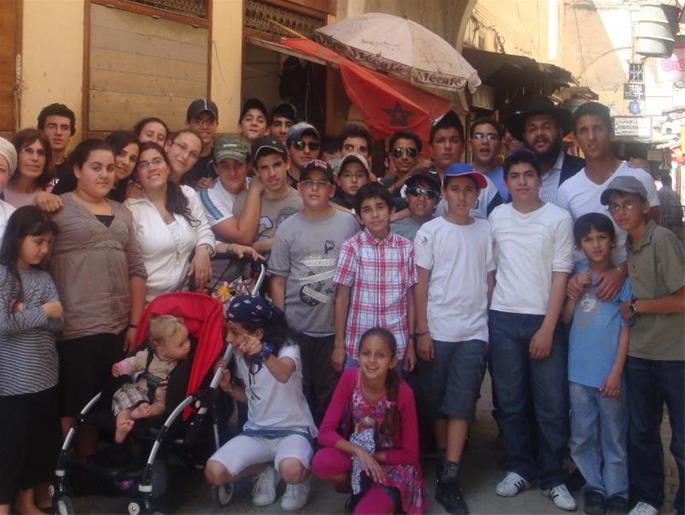 |
| It has become a tradition for Moroccan Jews to travel to Fez to celebrate the conclusion of Mishneh Torah near the home of the great scholar, who lived in the city for some time. This group photo is from 2009. (credit: Chabad of Morocco) |
9. It Has Three Names
The Rambam named his work Mishneh Torah (lit., "second to the Torah," or "study [of the entire] Torah"). In his introduction to the book, he explains the reason for this name: "A person will be able to study the Written Law and then study this text and comprehend the entire Oral Law from it, without needing to study any other text between them."
The work is also referred to as the Yad HaChazakah (lit., "The Strong Hand," echoing the words of Exodus 6:1). It is so called because the Hebrew word for hand – יד – is numerically equivalent to 14, the number of books in the Mishneh Torah.
The most common method of referring to the book is simply as "the Rambam," after its author. The word Rambam itself is an acronym (in Hebrew) for R. Moshe ben Maimon, Moses son of Maimon.
Read: What is the "Oral Torah"?
10. It Is the Rambam's Only Hebrew Work
The Rambam authored many other works, most notably his Commentary on the Mishnah, Sefer Hamitzvot, and Moreh Nevuchim (Guide for the Perplexed). However, all his other works were originally written in Judeo-Arabic (the language of the masses in the Iberian Peninsula and North Africa, where the Rambam lived), and were subsequently translated by others into Hebrew and other languages. The Mishneh Torah is the Rambam's only work which he himself penned in Hebrew.
Read: 7 Jewish Classics Originally Written in Arabic
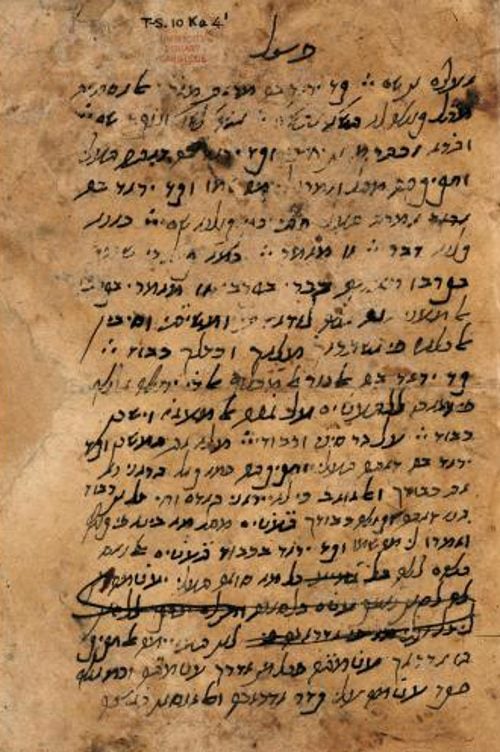 |
| A page from an early draft of Maimonides's "Guide for the Perplexed," written in Judeo-Arabic |
11. Hundreds of Commentaries Have Been Written on It
Hundreds of commentators have elucidated the text of Mishneh Torah, beginning with the Rambam's contemporaries (some of whom wrote critical commentaries to disprove some of his rulings). Indeed, commentaries on Mishneh Torah continue to be written to this day, uncovering the endless depths of his words.
12. It Incorporates Philosophy, Health, and Astronomy and Much More
The Rambam's work covers a wide range of topics, beyond what one might naturally assume relates to Jewish law. The first section of Mishneh Torah presents the basics of Jewish thought and belief, such as G‑d's unity and freedom of choice. There is a chapter with guidance on maintaining a healthy lifestyle, teaching learners that all our actions should be permeated with holiness and G‑dliness. The Rambam also explains at length the astronomical calculations used to determine the appearance of the new moon, which serves as the basis of the Jewish calendar.
Read: Philosopher and Mystic, Physician and Medical Author
13. It Concludes with the Laws of Moshiach
Among the distinctions of the Mishneh Torah is that it concludes with two chapters describing the personality of Moshiach, his coming, and what life will be like after his arrival.
The Rambam concludes the final chapter with these words:
In that era, there will be neither famine nor war, envy nor competition, for good will flow in abundance and all the delights will be freely available as dust. The occupation of the entire world will be solely to know G‑d. Therefore, the Jews will be great sages and know the hidden matters, grasping the knowledge of their Creator according to the full extent of human potential, as Isaiah 11:9 states: "The world will be filled with the knowledge of G‑d as the waters cover the ocean bed."
Watch: Maimonides and Moshiach
14. You Can Join Today
Unite with the many people who have mastered "the entire Torah" by studying the Mishneh Torah. Now is the perfect time to get started. Join the daily Rambam program today!
 |
| From homes to synagogues to vast arenas like the one above in Israel, gatherings around the world mark the completion of the annual study of Maimonides' Mishneh Torah. (File photo) |
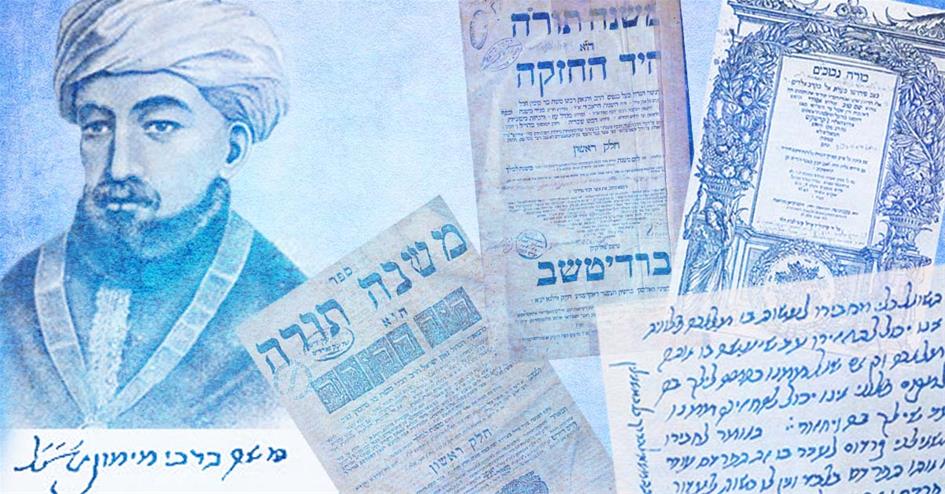





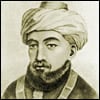






No comments:
Post a Comment